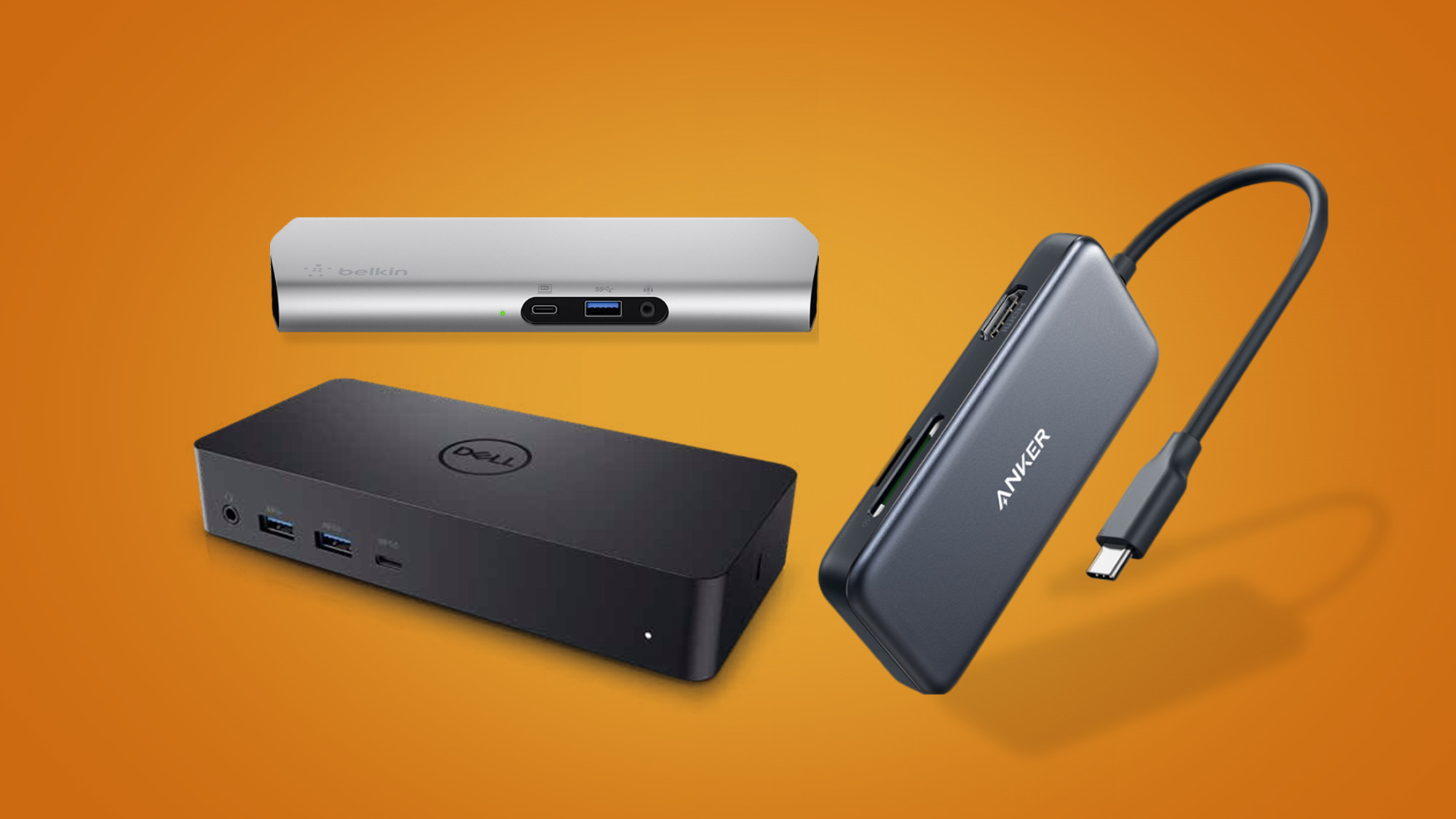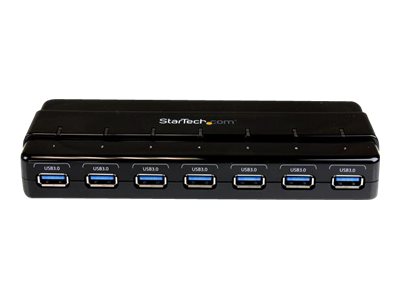

- #ANKER 7 PORT USB 3.0 HUB FOR MAC DRIVERS#
- #ANKER 7 PORT USB 3.0 HUB FOR MAC REGISTRATION#
- #ANKER 7 PORT USB 3.0 HUB FOR MAC PROFESSIONAL#
- #ANKER 7 PORT USB 3.0 HUB FOR MAC MAC#
What's the difference between a USB-C hub and a USB-C adapter? However, if you're looking to dock your MacBook or laptop and run a high definition display through your USB-C adapter, you might want to think about putting some more money on the table for high speed ports, pass-through charging, and cable management. If you're looking to expand ports for USB devices or micro-SD cards and you don't need an ultra-low latency connection a $30 - $40 adapter will easily suffice. The right device for you will largely depend on how you plan to use your USB-C hub. While shopping for cheap USB-C adapters, you'll find many hubs and docks offer different things for your cash. If running multiple high resolution monitors at once is a key requirement on your Dell laptop, the D6000 USB-C hub is the one to go for. The D6000 looks firmly towards the future for display options by ditching the VGA port and instead focusing on support for up to three HD/4K monitors, or one 5K monitor - all running at a smooth 60fps. It can be used on old and new laptops thanks to an adapter on the connection cable allowing it to connect via the newer USB-C port, or a legacy USB-A slot.
#ANKER 7 PORT USB 3.0 HUB FOR MAC PROFESSIONAL#
The Dell D6000 dock is one of the best USB-C hubs around for the modern professional Dell user. (This review was written after using the hub for 30 days.No VGA support (not a problem for modern displays really) I have been really pleased with it and give it my highest recommendation. Now, instead of unplugging three USB cables when taking my laptop on the road, I only have to unplug one.Īnker makes a great USB hub. With the hub, I was able to consolidate all my USB connections through the Anker hub. I liked the Anker USB 7 port powered USB 3.0 hub so much, I bought another one for use with my 13″ Macbook Pro. But that’s not a big deal as I have more than enough spare USB ports on the Anker USB hub to work with. The dedicated charging port is reserved ONLY for charging. All devices were recognized without issue.

I tested the Anker USB hub with various USB drives and also used the fast-charging port with my iPhone and iPad Pro.
#ANKER 7 PORT USB 3.0 HUB FOR MAC MAC#
This was a true “plug-n-play” experience on both Mac and Windows. Mounting and unmounting devices through the Anker hub was fast and almost immediate.
#ANKER 7 PORT USB 3.0 HUB FOR MAC DRIVERS#
At a glance you can see which of your downstream devices are connected.įrom a software standpoint, there were absolutely no drivers to contend with. When a device is plugged into one of the USB ports, a small blue LED light activates. I’ve kept my Anker hub close to my keyboard for easy access. It sits well on the desk, even with cables and drives attached to it. There are two input ports, one for power – the other for connecting to the USB port of an upstream computer. Size-wise, it’s 5.7 × 1.7 × 0.9in and fits in my hand.

Front facing, it has 7 ports, one of which is a dedicated fast charging port, providing up to 2.1 amps per port or 10 amps overall. The unit itself is made of high quality plastic.
#ANKER 7 PORT USB 3.0 HUB FOR MAC REGISTRATION#
Taking the hub out of the box reveals an accompanying USB cable, a power supply, a warranty registration card, and a Welcome guide.

Opening the box reveals the USB hub, in all its glory. Since the name is a mouthful, I’ll refer to the device as the Anker USB hub from here on out. So after dealing with this annoyance for a few months, I plunked down approximately $30 for an Anker 7-port, 60W powered USB 3.0 hub. Despite the several ports on my computing setup, I’ve found it incredibly inconvenient to access. I love how ubiquitous they are in my computing life, but I hate how the ports are often times tucked away and difficult to reach. I have a love / hate relationship with USB ports.


 0 kommentar(er)
0 kommentar(er)
